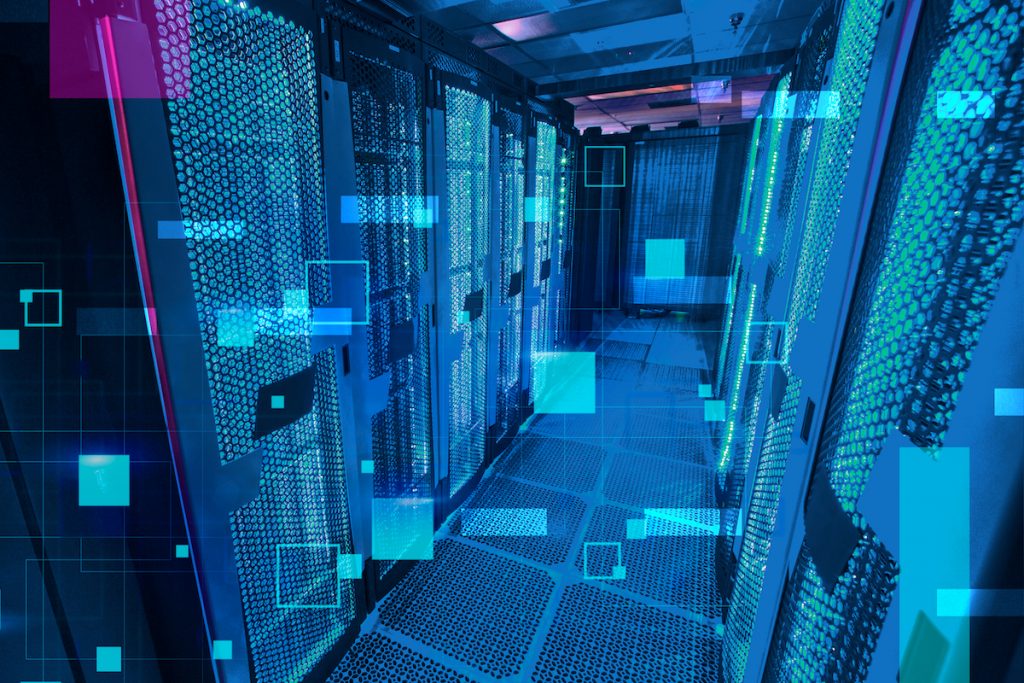A database built for life on the edge is the smart solution
With each passing day, the Internet of Things is becoming more and more prevalent – at the office, in the laboratory, on the production line, etc. IoT technology is not only improving the way things are done now, it is opening the doors to new advancements in areas such as real-time decision making and predictive analytics. The rise of the IoT age is requiring organizations to evolve their technology infrastructure or run the risk of being left behind.
IoT = More Data
A driving force behind the IoT revolution is the availability of relatively inexpensive sensors and wireless networks, which allow almost anything to become a part of the IoT world. The definition of IoT devices according to TechTarget is “nonstandard computing devices that connect wirelessly to a network and have the ability to transmit data.” Statista.com predicts that there will be 30.9 billion connected IoT devices in 2025, up from 13.8 billion in 2021.
With so many information gathering IoT devices, there will be massive amounts of data. IDC predicts that by 2025 the explosion of IoT sensors and connected devices will generate 79.1 Zettabytes annually (1 ZB = 1 trillion GBs) of data. The data collected will continue to grow in mountainous volumes as more and more aspects of industry/business, healthcare and everyday life become connected through IoT devices, many of which will be located on the edge, away from the cloud or data centers.
The question is what to do with all this data?
Data Management on the Edge
Up until recently, there have been two options for handling data on the edge: 1. Send raw data to the cloud where it can be stored and analyzed; or 2. Discard the data. Sending all the raw data to cloud is not the right choice for every organization/or system. As far as discarding the data, that is a road often not taken by choice, but rather due to an insufficient infrastructure or to reduce costs.
Among the options available for data management and data collection in edge-computing environments are databases that operate on the edge devices themselves – a point much closer to the sensors than the cloud.
There are numerous advantages to using a database at the edge. Among the most obvious benefits are reduced bandwidth and cloud storage costs. Some IoT adopters have learned that leveraging the compute power on edge devices saves on cloud data processing costs as well. Also, there is an innate benefit to data management performance by lowering the distance data has to travel. These benefits are great, but they are only scratching the surface of what can be done.
The Power of an IoT Database Built for the Edge
It is well known that persisting data can be costly in terms of throughput. Yet, a key component to relying on realtime, mission-critical decisions, is the quality of the data, which can only be guaranteed through persistence. The conundrum is thus, guaranteeing data quality without sacrificing real-time decisions due to increased latency.
The ability to reliably persist data on the edge allows businesses to maintain a high level of data quality and significantly reduce the amount of time needed during a decision-making process. Data quality increases when there is less opportunity for data corruption (via loss, manipulation, etc.) to occur during communication with the cloud. By having a database on the edge, the closest position to the data’s origin, persistence and security are immediate. With lowered latency due to not sending data to and from the cloud, new business opportunities are possible for tools to prevent catastrophic equipment failure, enhance product quality control and protect human life.
It must be noted that emergence of the edge, by no means signals the end of the cloud. Unlimited resources and incredible scalability are important benefits the cloud provides. A successfully planned IoT environment would incorporate both the edge and the cloud according to each’s best use per the application. Storing data on the edge must be done with consideration given to how and when and what data should eventually be uploaded to the cloud. Accordingly, it is important to select a database that integrates well with both.
What to Look for When Selecting a Database for the Edge
With edge computing being a newer paradigm, it’s not always obvious what questions should be made when selecting an appropriate technology. There is no single solution that fits all, rather each business should look to its unique case in order to determine the best choice. However, a few concerns will be common for all:
– Can it guarantee data quality using transactional edge persistence?
– With what level of development efforts can it collect and store mission-critical data on the edge?
– Does it enable real-time IoT decision making? No, really, can it? Can it query live data fast enough to use that information to take action?
– How many major IoT operating systems and hardware platforms does it support?
– Can it provide flexible/scalable data management: Portability, data partitioning, data coalescing and replication?
– Does it support popular communication interfaces and multiple integrations?
– What communication protocols are supported to securely transmit selected data; What security features does it provide for all data stored at the edge?
– Can it use both SQL and NoSQL microservices to collect, query and analyze data in real-time for IoT systems?
– What analytics tools can be integrated for use over actual real-time unstructured data?
– How big (or rather, small in this case) is the footprint?
Originally this article was published here.
